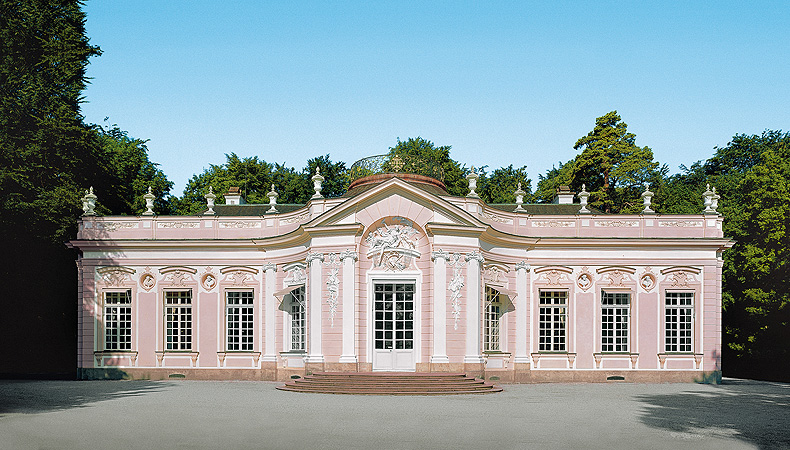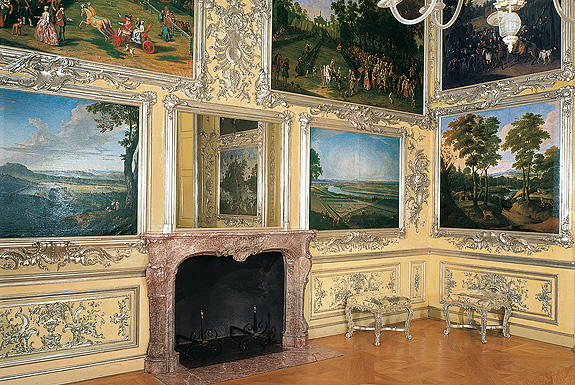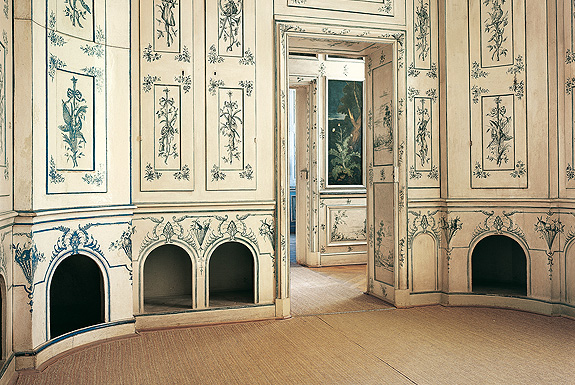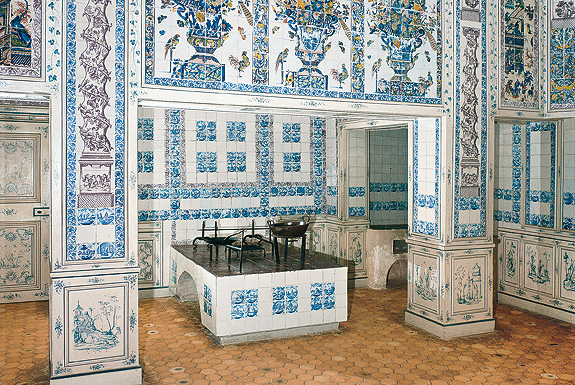Main information:
Park palaces at Nymphenburg Park
Amalienburg

In 1734 Elector Karl Albrecht ordered work to commence on the Amalienburg, a small pleasure palace and hunting lodge for his wife, Maria Amalia, a daughter of Emperor Joseph I. Sited opposite the Magdalenenklause, the building, which was completed in 1739, was conceived as a small independent palace complex.
The Amalienburg is one of the most exquisite creations in the European Rococo style. Its ground plan, exterior and sequence of rooms form a gesamtkunstwerk of rare beauty. François Cuvilliés the Elder supplied the designs for the architecture and decoration, and was responsible for overseeing the craftsmen involved. The stucco work was largely done by Johann Baptist Zimmermann, the woodcarving by Johann Joachim Dietrich and the painting by Joseph Pasqualin Moretti.
This outwardly simple, yet noble, building, whose central section is slightly accentuated by a flat dome with a platform, houses a suite of rooms of striking unity. At the same time, however, the individual rooms are differentiated according to the precepts of French court art and in each case variously designed with great refinement.
The Large Salon, or Hall of Mirrors, forms the centre of the pavilion. The Blue Cabinet and the Yellow Room adjoin to the south, whilst the Hunting Room and the Indian Cabinet abut to the north. The wing structures accommodate the dressing room, the Dog Room, the Retirade and the State Kitchen. The richness of the decoration increases towards the centre, culminating in the Hall of Mirrors, a circular room with a flat dome.






Facebook Instagram YouTube